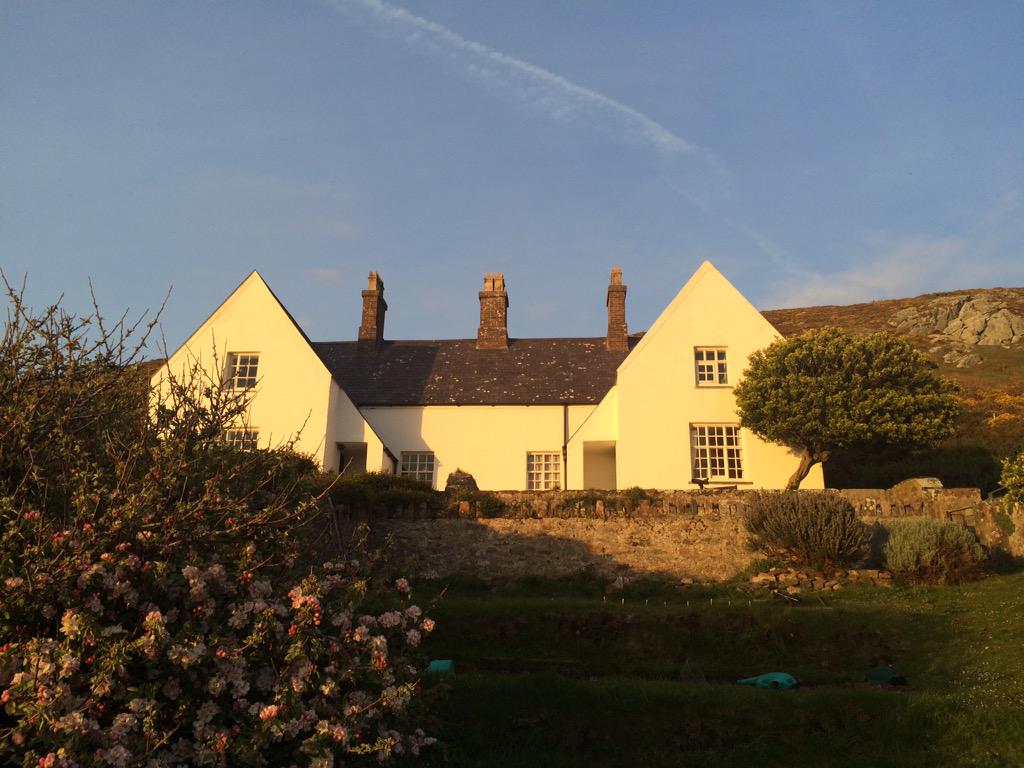Meet the Committee
Meet the Chairman:

Jonnie Fisk
"I'm 19, from North Yorkshire (though I had the misfortune of being born in London, Thus my first bird- heard only- was probably a Ring- necked Parakeet, a devastating reality). By day I work as a field officer on a N Yorks wet grassland reserve and by night in a restaurant kitchen. In my spare time I enjoy the music of Halls & Oates and googling pictures of hepatic Cuckoos. Don't believe there's more to life than birding."
Meet the Vice Chair:

Josie Hewitt
" I've had an interest in nature for as long as I can remember but in the last 6 years this has developed into a full on passion and one that I hope to make a career out of! I am a very keen birder, dedicated patcher, occasional twitcher and qualified bird ringer. I go out birding or ringing whenever I can and more recently have tried my hand at nest finding, as part of the BTO NRS scheme, however it's safe to say much more practice is needed to home my skills!"
Meet the Trip Officer:

James Shergold
A man of few words..
" My names James. My hobby is birdwatching, I live in the Midlands. Yes I'm interested in birds. As stated above it's my hobby."
Meet the Bird Development Officer:

Jake Gearty
" I'm Jake, 21 years old. I'm currently studying Adult Nursing (2nd year) at the University of East Anglia, I originate from the seaside city of Brighton & Hove, however spend most my time in Norfolk now. I've been a part of this crazy train known as NGB from the start, even before NGB when it was formally known as Young Birders! I've always been a 'birder' per say, my inspirations for the hobby came from my granddad who would take me out birding to the local nature reserves and point out the basics, a few years later I'd be teaching him stuff! My most memorable birding experience was when I first heard the wonderful song of the Nightingale, it still is to this day my favourite bird and was sort of the defining moment that I knew I was probably going to keep at this hobby for many years to come!"
Meet the Blog Editor:

Dan Rouse
" I'm Dan from the wonderful country of Wales. I'm 19 years old and currently working for the WWT down in Llanelli where I'm a Learning Assistant. I have a huge love for raptors and owls but a soft spot for Wigeon (that call just makes me melt!), I'm a trainee ringer and plan to do a lot more regarding that aswell. I bird mainly Wales, but do the odd bit of twitching thanks to a certain someone and travel to Portugal a few times a year for birding. I love collecting, my collection is mainly pellets, claws and feathers, but I have more books than I need which have formed a collection of their own. I have an interest in reptiles, butterflies and bats! "
Meet the Newsletter Editor:
Jonathan Scragg
"My name is Jonathan Scragg, I am 20 years old and I am currently 2 years into studying Ecology at Lancaster University. I have been a birder for as long as I can remember and my main passion is patch birding, hence why I help to run Patchwork Challenge alongside my work with NGB. Beyond birds I am very interested in butterflies and moths and I currently have a part-time job surveying Bats in the North-West, basically anything that flies interests me!"







.JPG)








